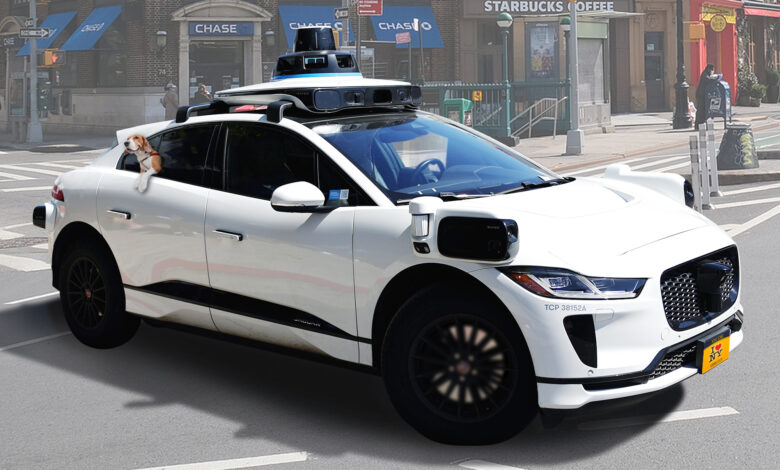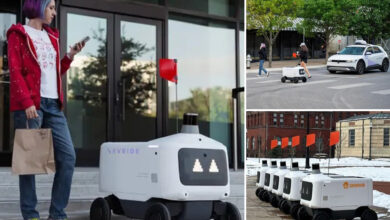Eric Adams OKs robotaxis in NYC, but they can’t be driverless

New Yorkers will soon see self-driving cars snake their way through the city’s traffic-choked streets — though the vehicles won’t be driverless.
Mayor Eric Adams signed off on allowing several companies to deploy the autonomous vehicles (AVs) and released requirements for companies to begin the testing phase Thursday.
The controversial robotaxis, which have ignited an uproar among San Francisco residents over the safety hazards during its pilot rollout last year, will be overseen by the city’s Department of Transportation.
Adams said the new autonomous vehicle program would be an example of “responsible innovation.”
“This technology is coming whether we like it or not, so we’re going to make sure that we get it right,” Adams said in a statement. “If we do, our streets can be safer, and our air could be cleaner.”
“Our streets are vibrant and energetic — and that’s a great thing, but it also means that we need to have strong guardrails and requirements in place on any sort of autonomous vehicles,” he added.
The main requirement during the testing phase will be that all robotaxis have an actual human in the car to grab the wheel in case anything goes awry.
These safety drivers will be required to submit to background checks as well as to complete “appropriate training on the vehicle systems they will be testing.”
The city also will require companies seeking a permit to undergo a testing procedure and to submit a safety plan to the DOT before they can take their place alongside Ubers and yellow cabs.
“We are doing our due diligence to get ahead of the AV revolution and ensure that if AVs are coming, they do so within a framework that benefits New Yorkers,” Deputy Mayor for Operations Meera Joshi said.
The city did not provide a timetable for when the driverless cars start rolling through the five boroughs.
Some civic activists have already come out in opposition to the plan, saying that the safety of other drivers and pedestrians will be compromised by the new, unproven technology.
“Driverless cars are untested, dangerous technology, and they have no place in New York City,” said Danny Harris, executive director of the safe streets advocacy group Transportation Alternatives.
“New Yorkers should not be lab rats for the car industry, which has already killed and injured thousands of our neighbors.”
San Francisco residents were up in arms after the robotaxis obstructed buses and emergency vehicles while causing gridlock in the city.
California state regulators were forced to crack down on the initial rollout after a driverless car operated by General Motors-owned Cruise dragged a pedestrian more than 20 feet to the curb on a San Francisco street.
Months later, a driverless vehicle deployed by Google-run Waymo hit a cyclist, resulting in minor injuries.
Despite the rocky rollout, Waymo recently won approval from California regulators to deploy self-driving cars in Los Angeles and San Mateo counties.
A spokesperson for Waymo hailed Adams’ announcement, saying that the Google-owned unit “has had a longstanding relationship with New York City, where we have previously manually driven and tested for winter weather.”
“We commend this important step, as well as the city’s ongoing commitment to drive innovation and deliver transportation improvements for New Yorkers,” Michelle Peacock, the global head of public policy for Waymo, said.




